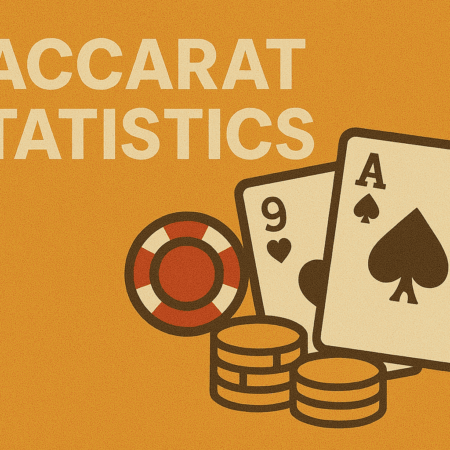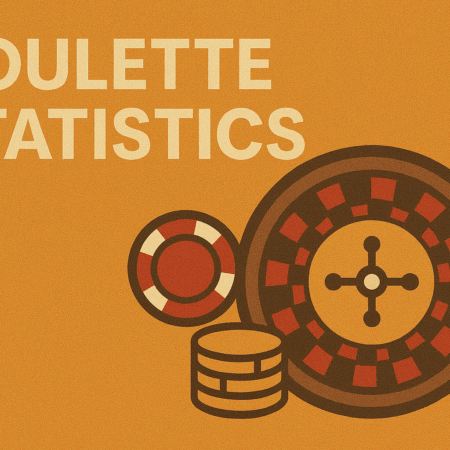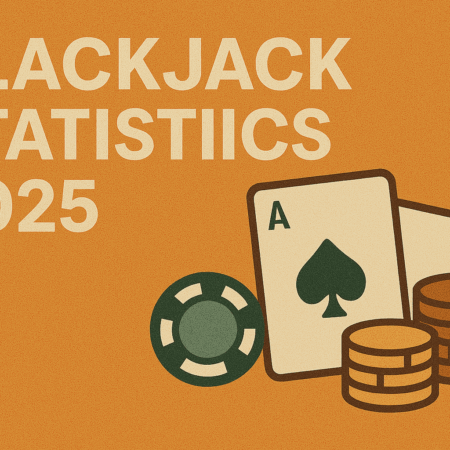In the world of cryptocurrencies, stability is a rare commodity. That’s where stablecoins come in—and BUSD (Binance USD) has long been one of the most well-known examples. While BUSD’s minting has officially ended, it still plays a role in crypto markets in 2025. This guide will explain what BUSD is, how it was used, and how it compares to other major stablecoins like USDT and USDC.
What Is BUSD?
BUSD stands for Binance USD, a fiat-backed stablecoin that was originally pegged 1:1 to the U.S. dollar. It was issued by Paxos Trust Company in partnership with Binance, the world’s largest crypto exchange. BUSD aimed to combine the transparency of regulated stablecoins with the liquidity of Binance’s exchange ecosystem.
Each BUSD token was backed by actual U.S. dollars or cash-equivalent reserves held in insured U.S. bank accounts or Treasury bills.
Background & Launch
BUSD launched in September 2019, becoming one of the few stablecoins approved by the New York State Department of Financial Services (NYDFS). Paxos was responsible for the issuance, custody, and monthly reserve audits.
Key features at launch included:
- NYDFS regulatory oversight
- Monthly attestations from Withum accounting firm
- Listing across the Binance exchange ecosystem
The coin quickly gained traction thanks to Binance’s global reach and the promise of regulatory clarity.
How BUSD Works
BUSD was initially available on Ethereum as an ERC-20 token and later bridged to Binance Chain (BEP-2) and BNB Smart Chain (BEP-20). Users could freely mint or redeem BUSD via Paxos, ensuring liquidity and price stability.
Here’s how the minting and burning process worked:
- Minting: When users sent U.S. dollars to Paxos, new BUSD tokens were issued.
- Burning: When users redeemed BUSD, Paxos removed the equivalent tokens from circulation.
The blockchain-based nature of BUSD allowed for instant settlement and high-speed transfers, making it a favorite in the DeFi and trading communities.
Where and How BUSD Was Used
BUSD served as a versatile digital dollar, widely used in:
1. Spot and Futures Trading
BUSD was the default quote currency in many Binance markets. Traders used it to reduce volatility and hedge positions.
2. DeFi and Staking
Protocols like Venus, PancakeSwap, and Curve integrated BUSD for lending, farming, and liquidity pooling.
3. Savings and Interest Products
Binance Earn and other crypto platforms offered competitive APYs on BUSD deposits.
4. Cross-Border Payments
Its stability and blockchain-native form made it useful for international remittances and treasury operations.
Regulatory Impact and End of Minting
In February 2023, Paxos announced it would stop issuing new BUSD tokens after receiving a Wells notice from the U.S. Securities and Exchange Commission (SEC). The regulator argued BUSD could be considered an unregistered security.
While existing BUSD remained valid and redeemable, this marked the end of new issuance. Paxos committed to supporting redemptions through at least February 2024, after which liquidity began declining.
As of 2025:
- Minting is disabled permanently
- Circulating supply is decreasing
- Users are encouraged to transition to alternatives like USDP or FDUSD
Despite this, BUSD still trades on several exchanges and is used in niche DeFi applications.
Pros and Cons of BUSD
✅ Pros:
- Regulatory Approval: One of the few stablecoins once approved by NYDFS
- Transparency: Monthly reserve attestations ensured accountability
- High Liquidity: Deep trading pairs on Binance
- Multi-Chain Compatibility: Ethereum, BNB Smart Chain, and more
❌ Cons:
- Minting Halted: No new tokens since 2023
- Regulatory Pressure: SEC scrutiny led to its phase-out
- Limited Future Utility: Decreasing support across platforms
BUSD vs USDT vs USDC (2025)
| Feature | BUSD | USDT | USDC |
| Backed By | USD & equivalents (Paxos) | Mix of reserves (Tether Ltd) | Cash & Treasuries (Circle) |
| Regulatory Status | Discontinued, NYDFS approved | Unregulated, often criticized | Regulated under U.S. frameworks |
| Minting | Ended in 2023 | Active | Active |
| Transparency | Monthly audits by Withum | Periodic disclosures | Monthly attestations |
| Blockchain Support | ERC-20, BEP-20, others | Multi-chain | Multi-chain |
| Circulating Supply | Shrinking | Largest market cap | Growing |
BUSD still holds historical value, but most users in 2025 favor USDC for compliance and USDT for liquidity.
Future Outlook: Is BUSD Still Relevant?
While BUSD is no longer being minted, its story is an important case study in the stablecoin industry. It highlights:
- The importance of compliance and regulatory clarity
- The risks of overreliance on centralized issuers
- How fast policy changes can disrupt even major stablecoins
For new users or developers, BUSD is no longer a go-to stablecoin in 2025. Alternatives like USDC, USDT, and FDUSD now dominate the market.
Still, BUSD’s legacy lives on in how regulators, exchanges, and users think about stable digital currencies.
FAQ: Binance USD and Stablecoins in 2025
🔸 Is BUSD still safe to use in 2025?
Yes, existing BUSD is still redeemable (depending on liquidity) and trades on some exchanges. However, it is no longer being minted, and usage is declining.
🔸 Can I still earn interest with BUSD?
Some platforms still offer interest on BUSD, but most have moved on to supporting more active stablecoins like USDC or FDUSD.
🔸 Why did Paxos stop minting BUSD?
Due to regulatory pressure from the SEC and guidance from the NYDFS, Paxos ended new issuance of BUSD in early 2023.
🔸 What’s the best BUSD alternative now?
USDC is a strong alternative for compliant use, while Tether (USDT) offers the most liquidity for traders. FDUSD (First Digital USD) is also gaining traction in the Binance ecosystem.
🔸 Will Binance support BUSD in the future?
Binance is gradually winding down support for BUSD. Users are being encouraged to convert to other stablecoins.
Final Thoughts:
BUSD was once a gold standard in the stablecoin space, offering both transparency and integration with Binance’s ecosystem. In 2025, it’s best viewed as a cautionary tale about the intersection of crypto innovation and government regulation. For everyday users, it’s time to explore newer, more compliant sta

 Canada
Canada Deutsch
Deutsch Español
Español Português
Português



